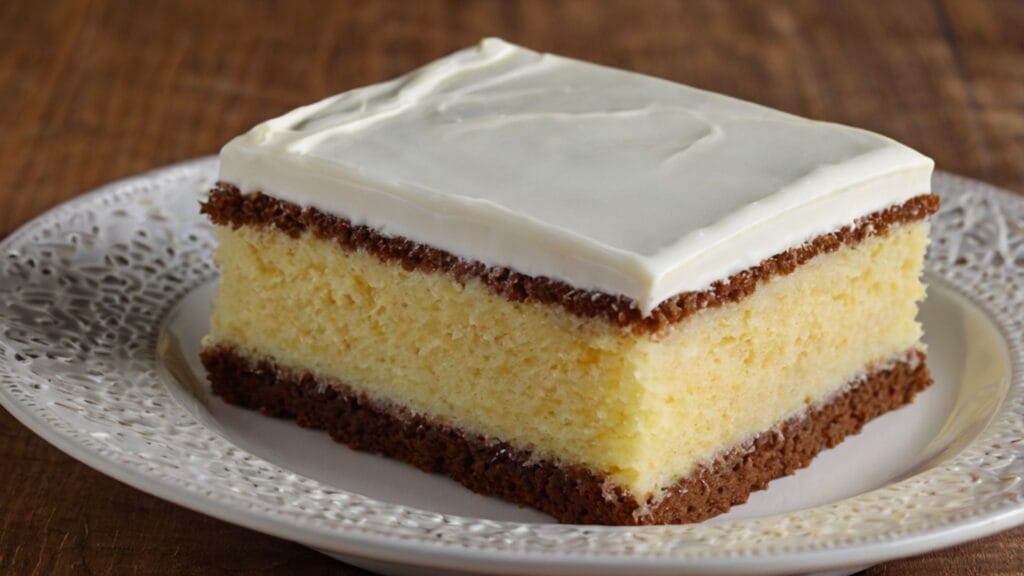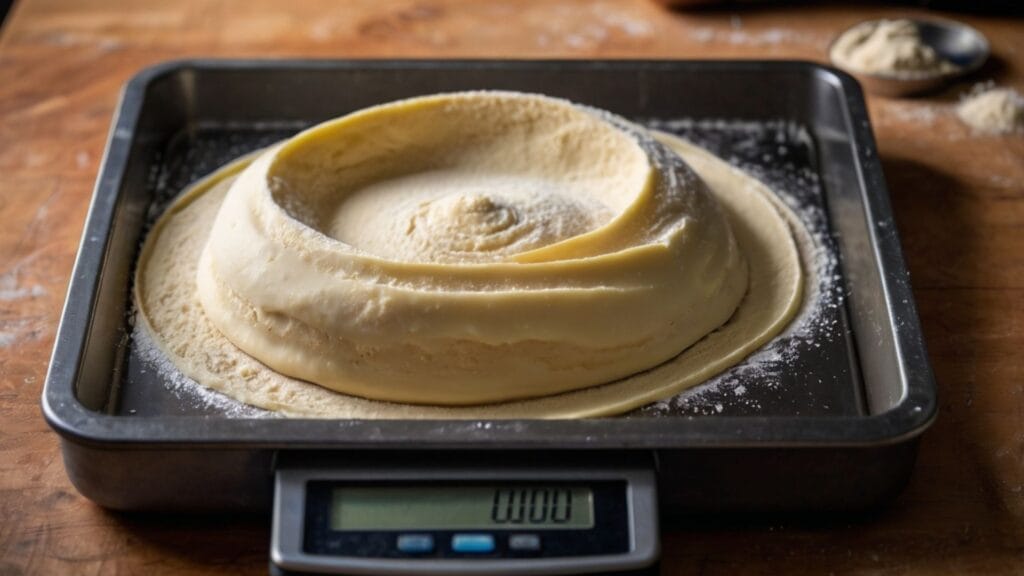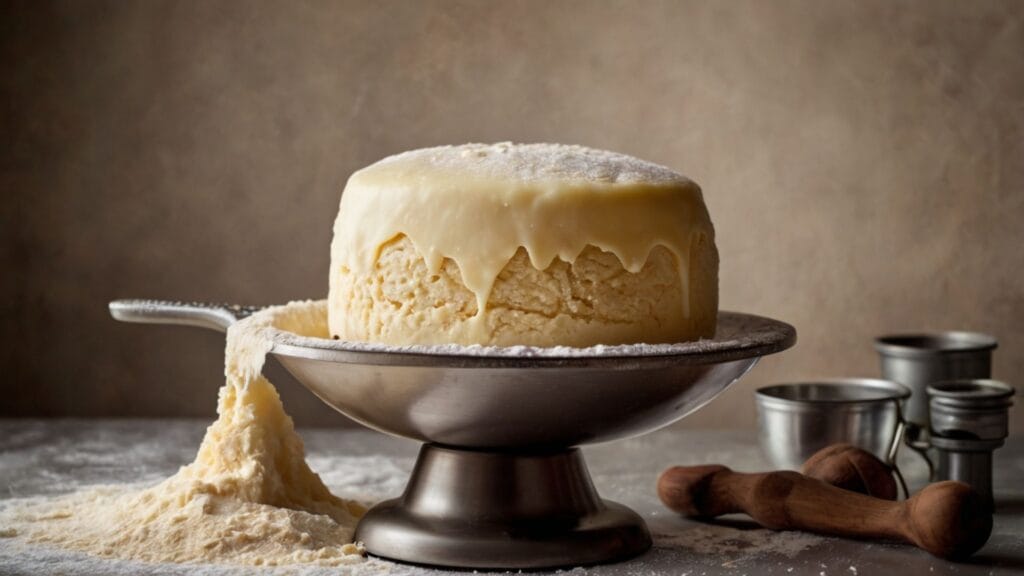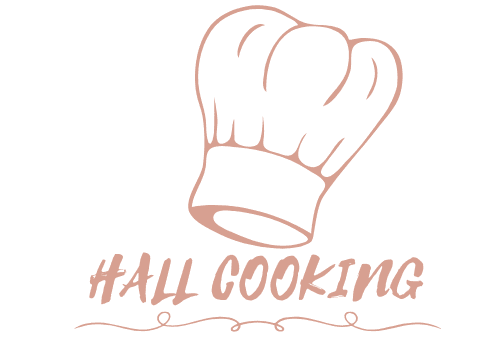
Baking a sheet cake sounds simple, but figuring out how much cake mix for a sheet cake can feel like a puzzle. Whether you’re baking for a birthday bash, a wedding, or just a sweet treat, getting the right amount of batter is crucial. Too little, and your cake may look flat and unappealing. Too much? Overflow chaos in the oven. In this guide, we’ll break down everything you need to know about measuring the perfect amount of cake mix for various sheet cake sizes. Plus, you’ll discover helpful tips, FAQs, and some nifty tricks to make your baking experience stress-free and delicious.
Understanding Sheet Cake Sizes
What Is a Sheet Cake?
A sheet cake is a flat, single-layer cake baked in a large rectangular pan. It’s the go-to choice for big gatherings because it’s easy to slice and serve. Whether you’re feeding a classroom full of kids or a crowd at a family reunion, sheet cakes deliver maximum servings with minimal fuss. Oh, and did we mention they’re ideal for creative decorations too?
Standard Sheet Cake Dimensions
Here’s where things get interesting—sheet cakes come in different sizes. Knowing the dimensions is the first step in figuring out the right amount of cake mix.
- Full Sheet Cakes: Typically measure 18 x 24 inches. These serve anywhere from 48 to 96 people, depending on how generous you are with slicing.
- Half Sheet Cakes: A more common size, measuring 13 x 18 inches, feeds 36 to 54 guests. Perfect for medium-sized events.
- Quarter Sheet Cakes: The smallest of the bunch, at 9 x 13 inches, yields 12 to 24 servings. It’s a popular choice for small gatherings.
Understanding these sizes not only helps with batter measurements but also with planning the right amount of frosting, decorations, and serving portions.
Why Knowing the Size Matters
You might think all pans are created equal, but that’s a recipe for disaster. Different pan sizes demand varying amounts of batter for the cake to bake evenly. Plus, the depth of the pan plays a role—deeper pans may require more batter for the cake to rise properly. Without these considerations, your cake could turn out uneven or underwhelming.
How to Calculate Batter for a Sheet Cake

Key Factors That Affect the Amount of Batter
Getting the right amount of batter depends on several important details, such as pan dimensions, depth, and how thick you want your cake layers to be. Let’s break it down:
- Pan Size and Depth Matter: Larger pans demand more batter, while deeper pans need extra for a proper rise. This ensures a well-proportioned and fluffy result.
- Desired Cake Thickness: Whether you prefer a thinner, lighter cake or a denser, bakery-style sheet cake, the thickness determines how much mix you’ll need.
How Much Batter Does One Box of Mix Make?
A standard box of cake mix yields about 4 to 5 cups of batter. However, different brands can vary slightly. Always check the packaging for specific yield instructions.
This standard yield works well for smaller pans, but scaling up is essential for bigger sheet cakes.
How to Measure for Different Pan Sizes
To save you the hassle of guesswork, here’s a quick reference for common sheet cake sizes:
- Small Sheet Cakes (Quarter Size – 9 x 13 inches):
- Needs about 7 cups of batter.
- Requires 1.5 to 2 boxes of mix.
- Medium Sheet Cakes (Half Size – 13 x 18 inches):
- Calls for around 14 cups of batter.
- Typically needs 3 to 4 boxes of mix.
- Large Sheet Cakes (Full Size – 18 x 24 inches):
- Demands approximately 28 cups of batter.
- Requires 6 to 7 boxes of mix.
Don’t Forget: Avoid Overfilling Your Pan!
Leave at least 1/3 of the pan unfilled to give the batter room to expand without spilling over during baking.
Troubleshooting Custom or Unique Pan Sizes
Multi-Layer Cakes: Want to make a layered cake? Double your batter and bake in separate batches to avoid uneven cooking.
Irregular Dimensions: If your pan isn’t standard, use water to measure its volume and match it to a similar pan size for guidance.
Adjusting for Cake Mix Variations

Different Brands, Different Yields
Not all cake mixes are created equal. Some brands offer larger boxes with more batter, while others may have slightly smaller yields. For example:
- Standard Brands: Most popular brands yield 4 to 5 cups of batter per box.
- Specialty Mixes: Gluten-free or organic mixes may provide less batter due to unique ingredient ratios.
Always check the box for details on how much batter it produces, and don’t forget to account for this when scaling up for larger sheet cakes.
Customizing Cake Mixes for Bigger Pans
When working with larger pans, it’s important to modify your mix appropriately to achieve consistent results. Here’s how:
- Doubling or Tripling the Recipe: If one box isn’t enough, you can combine two or three mixes to make up the required batter. Make sure to thoroughly mix all ingredients to maintain uniformity.
- Adding Extra Ingredients: To stretch the batter, consider adding complementary ingredients like an extra egg, a bit more oil, or even some sour cream. These tweaks not only increase volume but can also enhance the flavor and texture.
Mixing Multiple Boxes Like a Pro
When using more than one box, consistency is key. Here’s a foolproof method to blend multiple batches:
- Prepare each mix separately in its own bowl to avoid overloading your mixer.
- Combine the prepared batters in a larger bowl and stir gently to ensure even distribution.
Preventing Baking Issues with Large Cakes
Bigger cakes can be tricky, but these tips will help:
- Avoid Overmixing: While combining multiple mixes, stir only until the ingredients are incorporated to prevent a dense texture.
- Bake Evenly: Use a flower nail or heating core in the center of the pan to distribute heat evenly and prevent undercooked spots.
- Adjust Oven Temperature: For large sheet cakes, reduce the oven temperature slightly (e.g., from 350°F to 325°F) to ensure the cake bakes through without burning the edges.
Expert Tips for Baking a Sheet Cake Perfectly
How to Prepare Your Pan for a Sheet Cake
Ensuring your cake doesn’t stick to the pan is crucial for a flawless sheet cake. Here’s the step-by-step process to get it right:
- Grease the Pan Generously: Use butter, oil, or non-stick spray to coat every inch, especially the corners.
- Line with Parchment Paper for Easy Removal: Adding parchment prevents sticking and makes transferring your sheet cake effortless.
- Dust with Flour: A light dusting of flour over the grease adds extra insurance against sticking. Shake out the excess for a smooth surface.
Best Temperature and Baking Times for Sheet Cakes
Baking a sheet cake requires precision to achieve even cooking without over-baking. Follow these tried-and-true tips:
- Keep the Oven Temperature Consistent: Stick to a range of 325°F to 350°F. Lower temperatures are ideal for larger pans to ensure the center cooks evenly.
- Bake Times by Cake Size:
- Quarter Sheet Cake (9 x 13 inches): 30–35 minutes.
- Half Sheet Cake (13 x 18 inches): 40–45 minutes.
- Full Sheet Cake (18 x 24 inches): 50–60 minutes.
- Avoid Oven Door Syndrome: Opening the oven too early can make your cake sink. Be patient and wait until it’s close to the suggested bake time.
How to Check if a Sheet Cake is Fully Baked
Testing for doneness is the key to perfect results. Here are the most reliable methods:
- The Toothpick Trick: Insert a toothpick in the center of the cake. If it comes out clean or with a few crumbs, your sheet cake is ready.
- Bounce Test: Lightly press the center of the cake with your finger. A properly baked cake will spring back quickly.
- Edge Pull-Away: Watch for the edges to pull slightly away from the pan. This is a visual sign that the cake is cooked through.
Cooling Your Cake Without Ruining It
The cooling stage is just as important as baking. Follow these steps for flawless results:
Transfer to a Wire Rack: Carefully remove the cake from the pan and peel off the parchment paper. Place it on a wire rack to cool completely. Frosting a warm cake? That’s a recipe for a melted mess!
Cool in the Pan First: Let the cake rest for about 10–15 minutes to firm up.
Frequently Asked Questions About Cake Mix for Sheet Cakes
How Many Boxes of Cake Mix Do I Need for a 12×18 Inch Sheet Cake?
For a 12×18 inch sheet cake (half sheet), you’ll need approximately 14 cups of batter. Since a standard box of cake mix yields around 4 to 5 cups, plan on using 3 to 4 boxes of mix. If you prefer a thicker cake, you may need an extra half box.
Can I Use One Box of Cake Mix for a 9×13 Inch Pan?
Yes! A single box of cake mix typically yields enough batter for a 9×13 inch pan (quarter sheet). This size is perfect for smaller gatherings and yields a standard cake thickness. If you want a taller cake, consider using 1.5 boxes and adjusting the baking time accordingly.
What’s the Best Way to Adjust Baking Time for Larger Cakes?
Baking times depend on the size and depth of your pan. For larger cakes:
- Lower the oven temperature slightly (e.g., 325°F instead of 350°F) to ensure even baking.
- Increase the baking time incrementally. Check the cake for doneness about 10 minutes after the recommended time for smaller cakes.
- Use a heating core or flower nail for even heat distribution, especially in full sheet cakes.
What Can I Do If My Cake Mix Isn’t Enough?
If you’ve underestimated the amount of cake mix needed, you can stretch the batter by:
- Adding an extra egg, a splash of milk, or some yogurt for volume.
- Combining two different boxes of mix to increase the quantity (and create unique flavor combinations!).
How Do I Keep a Sheet Cake Moist?
Moisture is key to a delicious sheet cake. Here are some tips:
- Don’t overbake! Test your cake with a toothpick, and remove it from the oven as soon as it’s done.
- Consider brushing a simple syrup (equal parts sugar and water, boiled and cooled) over the cake once it’s out of the oven.
- Cover the cake tightly with plastic wrap while it’s still slightly warm to lock in moisture.
What’s the Difference Between a Sheet Cake and a Slab Cake?
While both are large, rectangular cakes, the difference lies in thickness. A sheet cake is typically 2 inches thick, while a slab cake is larger and deeper, often requiring more batter. Both are crowd-pleasers, but slab cakes are ideal for layered designs.
Conclusion: Mastering Sheet Cake Perfection
Baking a sheet cake doesn’t have to be a guessing game. By understanding your pan size, calculating the right amount of cake mix, and following expert tips, you can consistently create delicious and visually stunning cakes. Whether it’s a small quarter sheet cake for a family gathering or a massive full sheet cake for a wedding, knowing how much batter to use is the secret to success.
From preparing your pan to testing for doneness, each step plays a crucial role in ensuring your cake turns out perfectly. And if you’re ever in doubt, remember to measure carefully, avoid overfilling the pan, and make small adjustments to fit your needs.
With the FAQs covered, you’re now equipped to troubleshoot any hiccups, whether it’s adjusting for a unique pan size, baking larger cakes evenly, or keeping your creation moist and flavorful. And the best part? Once you’ve mastered these basics, you can let your creativity shine with flavors, decorations, and even layered sheet cakes.
So, grab your favorite cake mix, preheat that oven, and start baking with confidence. No matter the occasion, your perfectly baked sheet cake is sure to steal the show. Happy baking!
